The Eurasier is a unique and charming breed known for its distinct appearance and affectionate nature. Originating from Europe and Asia, this breed combines the best traits of its ancestors to create a loyal and versatile companion. In this comprehensive guide, we’ll delve into the Eurasier’s history, physical characteristics, temperament, grooming requirements, and health considerations.
History of the Eurasier
The Eurasier breed has a relatively recent origin, with its development tracing back to the 1960s. It was created in Germany by Julius Wipfel, who sought to develop a breed with a balanced temperament and appealing appearance. The Eurasier is a blend of several breeds, including the Chow Chow, Samoyed, and Wolfspitz (Keeshond). These ancestors contributed to the Eurasier’s striking appearance and stable temperament.
The breed was initially known as the “Eurasian,” but the name was later changed to “Eurasier” to better reflect its heritage and distinctiveness. The Eurasier was officially recognized by various kennel clubs, including the Fédération Cynologique Internationale (FCI), and has since gained popularity for its unique characteristics and adaptability.
Physical Characteristics
Size and Build
Eurasiers are medium-sized dogs, well-proportioned and sturdy. Males typically weigh between 23 to 32 kilograms (50 to 70 pounds), while females range from 18 to 26 kilograms (40 to 57 pounds). Their height at the shoulder is approximately 48 to 60 centimeters (19 to 24 inches).
The breed has a well-balanced, athletic build with a broad chest, strong legs, and a bushy tail that curls over the back. This robust physique contributes to their agility and endurance.
Coat and Color
One of the most striking features of the Eurasier is its double coat. The outer coat is dense and straight, while the undercoat is soft and insulating. This double coat helps them adapt to various weather conditions.
The Eurasier’s coat comes in a range of colors, including:
- Black and tan
- Wolf gray
- Red sable
- Cream
Their fur requires regular grooming to prevent matting and manage shedding. The breed sheds moderately throughout the year and more heavily during seasonal changes.
Head and Expression
The Eurasier has a distinctive appearance with a broad, wedge-shaped head and a pronounced stop. Their eyes are almond-shaped and dark, giving them an intelligent and alert expression. The breed’s ears are medium-sized, triangular, and stand erect.
Temperament and Behavior
Personality
Eurasiers are known for their calm and composed demeanor. They are intelligent and adaptable, making them suitable for various living environments, including urban and rural settings. Their gentle nature makes them excellent family pets, and they often form strong bonds with their human companions.
Socialization
Proper socialization from an early age is crucial for Eurasiers. They are generally reserved with strangers but become warm and affectionate once they are familiar with someone. Early exposure to different people, animals, and situations helps ensure they grow up to be well-adjusted and confident adults.
Trainability
Eurasiers are intelligent and eager to please, which makes them relatively easy to train. Positive reinforcement methods work best with this breed. Consistent training and mental stimulation are essential to keep them engaged and prevent boredom-related behaviors.
Exercise and Activity
The Eurasier is an active breed that enjoys regular exercise. Daily walks, playtime, and mental challenges are essential to keep them physically and mentally fit. They enjoy outdoor activities and can participate in various dog sports, including agility and obedience trials.
Grooming Needs
Coat Care
The Eurasier’s double coat requires regular grooming to maintain its health and appearance. Weekly brushing helps prevent mats and tangles, and during shedding periods, more frequent brushing may be necessary. Bathing should be done as needed to keep their coat clean and healthy.
Nail Trimming and Ear Care
Regular nail trimming is essential to prevent overgrowth and discomfort. The breed’s ears should be checked regularly for signs of infection or debris, and they should be cleaned as needed. Dental care, including regular brushing and professional cleanings, helps maintain oral health.
Health Considerations
Eurasiers are generally healthy dogs, but like all breeds, they are prone to certain health conditions. Responsible breeding practices and regular veterinary check-ups can help mitigate these risks. Common health concerns for the Eurasier include:
- Hip dysplasia
- Elbow dysplasia
- Eye conditions, such as cataracts
- Hypothyroidism
Maintaining a healthy diet, regular exercise, and routine veterinary care are key to ensuring the long-term health and well-being of your Eurasier.
Conclusion
The Eurasier is a remarkable breed with a blend of beauty, intelligence, and loyalty. Their unique heritage and well-rounded temperament make them an excellent choice for families and individuals alike. Understanding their history, physical characteristics, and care requirements will help you provide the best environment for your Eurasier to thrive.
Whether you’re considering adding a Eurasier to your family or simply want to learn more about this fascinating breed, we hope this guide has provided valuable insights. With proper care and attention, the Eurasier can be a loving and cherished companion for many years to come.





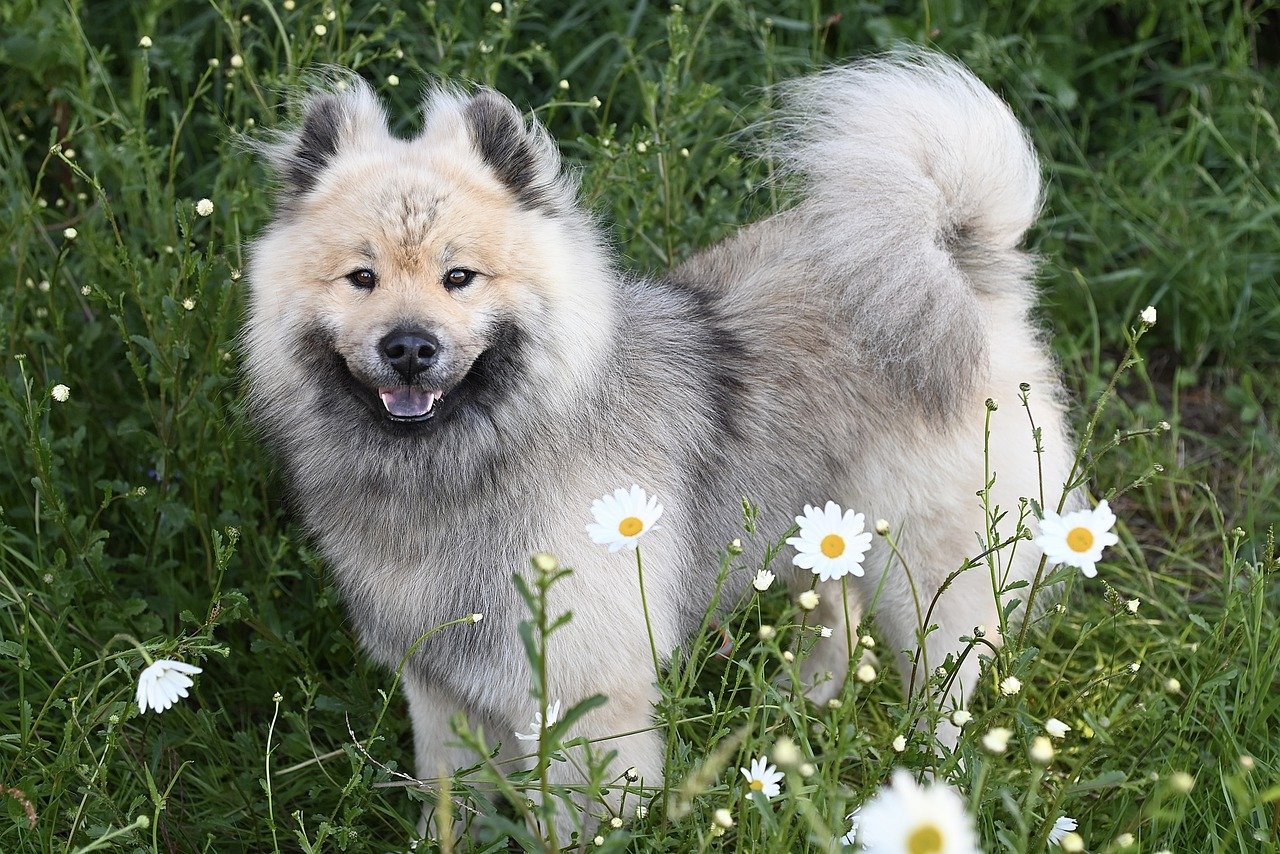

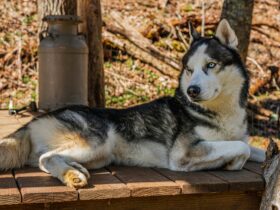
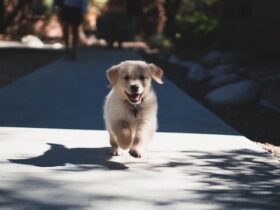
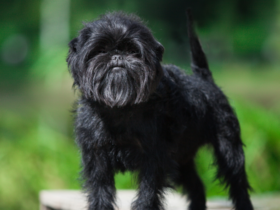
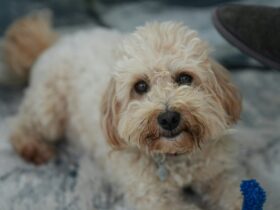
Leave a Reply